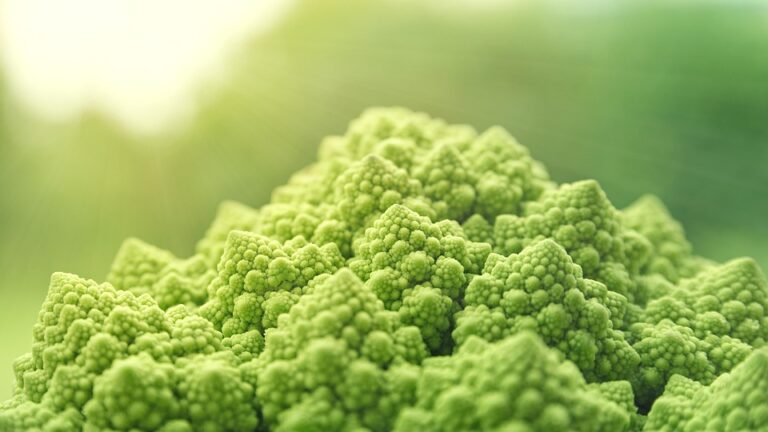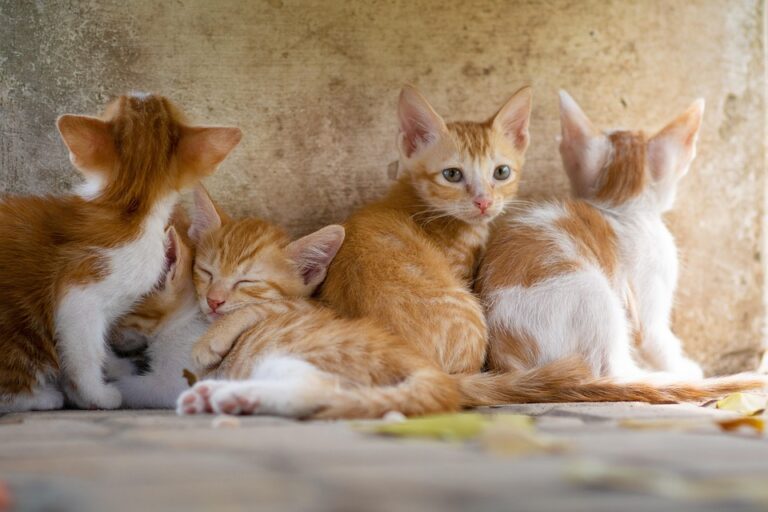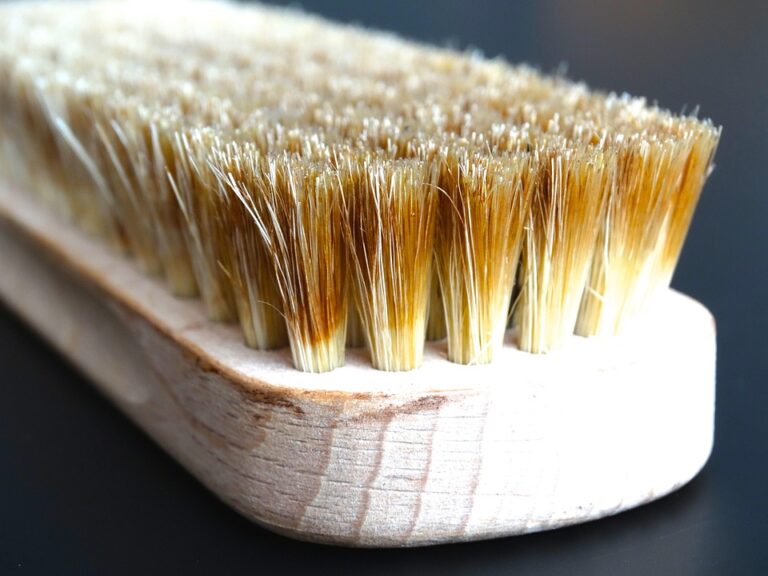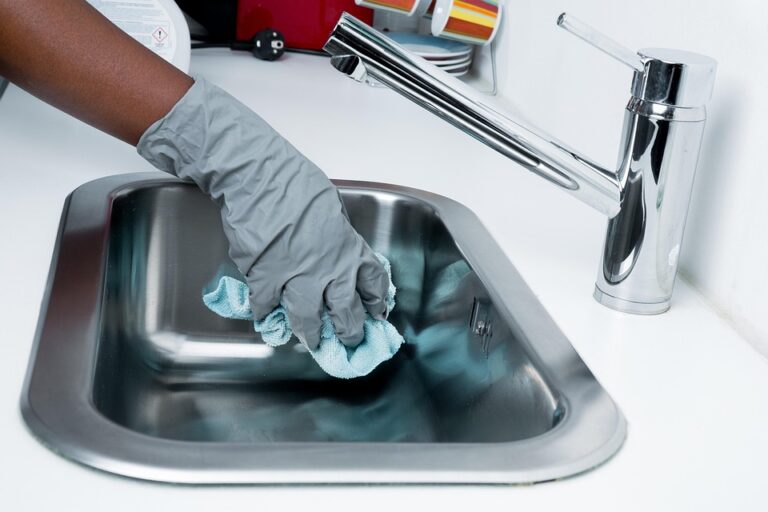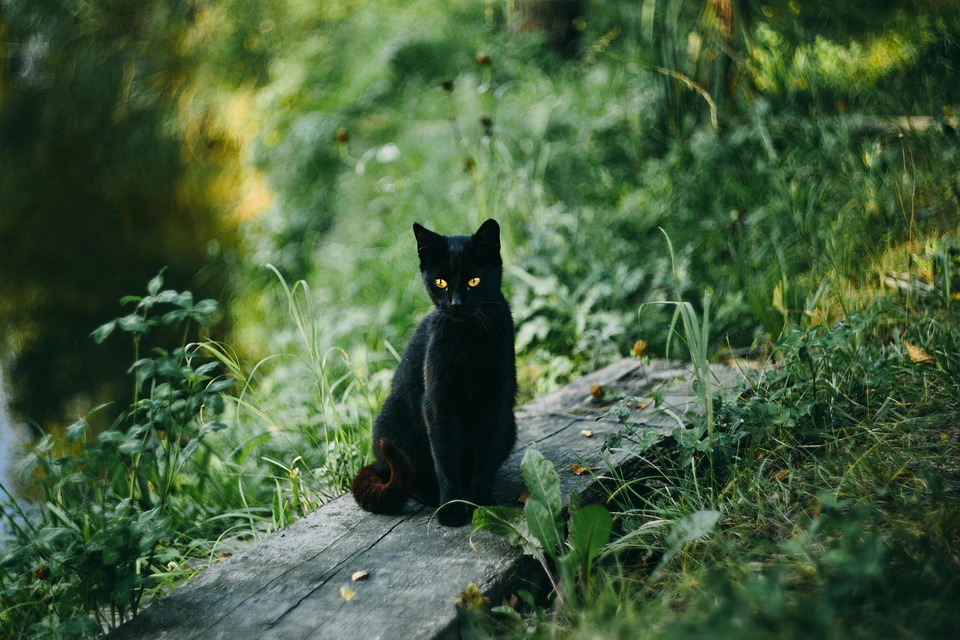
The Pros and Cons of Grain-Free Cat Food: What Every Cat Owner Should Know
Grain-free cat food has become increasingly popular among pet owners, igniting debates about its benefits and drawbacks. As conscientious cat guardians, it’s essential to navigate this landscape armed with knowledge. Let’s delve into the intricacies of grain-free diets and examine what they might mean for your feline friend.
1. The Allure of Grain-Free
The appeal of grain-free cat food often lies in the perception that it mirrors a cat’s natural diet. Cats are obligate carnivores, meaning their biology is finely tuned to consume meat rather than grains. Proponents of grain-free diets argue that eliminating carbohydrates can lead to healthier cats, potentially reducing the risk of obesity and diabetes.
Many grain-free options boast high protein content, which some studies suggest may promote muscle health and overall vitality. Furthermore, some cats with food sensitivities or allergies may thrive on grain-free formulations, as these foods often contain novel proteins and fewer allergens. But, is this a one-size-fits-all solution?
2. The Potential Pitfalls
While the notion of a grain-free diet can be tempting, it’s not without its caveats. Firstly, not all grains are harmful; many provide essential nutrients and fibre that contribute to digestive health. The absence of grains can lead to a lack of variety in a cat’s diet, potentially missing out on beneficial vitamins and minerals found in whole grains.
Moreover, a significant concern arises from the association between certain grain-free diets and dilated cardiomyopathy (DCM) in dogs, prompting questions about similar risks for cats. While definitive links in cats are still being researched, the cautionary tales in canine health cannot be ignored. It’s vital for cat owners to consult with veterinarians before making drastic dietary changes.
3. Cost Considerations
Another factor to weigh is the financial aspect. Grain-free cat foods often come with a heftier price tag compared to their grain-inclusive counterparts. For budget-conscious pet owners, this can pose a dilemma. Is it worth the investment? While some might argue that the health benefits justify the cost, others contend that a balanced, high-quality diet with grains can equally sustain a cat’s health without breaking the bank.
4. Individual Needs Matter
Every cat is unique, and what works for one feline may not suit another. Factors such as age, activity level, and health status should guide dietary choices. Consulting with a knowledgeable vet can help tailor a diet that meets the individual requirements of your pet, ensuring they receive optimal nutrition.
Finding the Right Balance
In the end, the question isn’t merely about whether to choose grain-free or grain-inclusive cat food, but rather about striking the right balance. Educating ourselves on the nutritional needs of our cats while remaining attuned to emerging research will empower us to make informed decisions. With a plethora of options available, it’s crucial to scrutinise labels, seek expert advice, and observe how our pets react to dietary changes.
As you navigate the world of cat food, remember that BargainsTrust continues to bring you a curated selection of quality products. Stay informed, and ensure your feline companion receives the best care possible.


